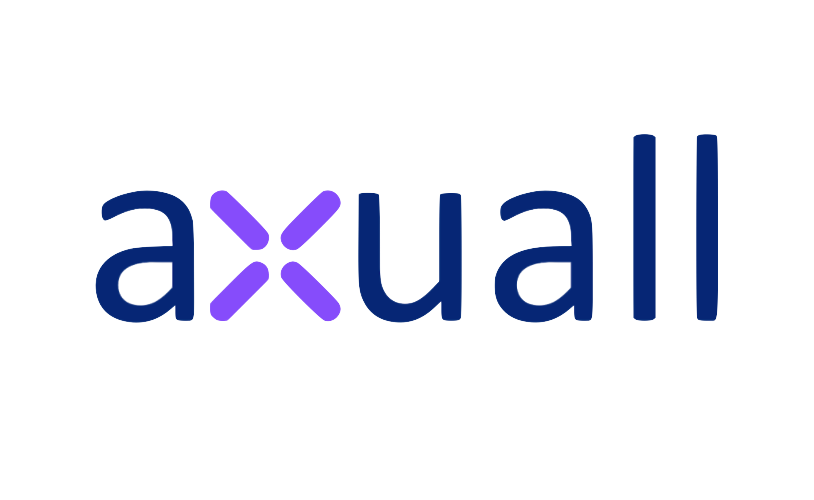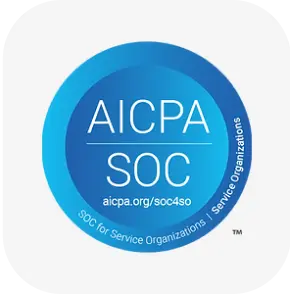Published by Reworked | Digital Workplace | January 10, 2024
Digital tools are helping employees perform their tasks and achieve goals more efficiently. Advancements in technology have catapulted businesses forward at an unprecedented rate. Yet some organizations remain where management has been reluctant to change traditional processes that have proven to be successful in the past to take the leap into new ways of working.
What some workplaces are experiencing today, said Travis Vocino, director of product design at Meta, is a clash of eras — a generational divide that can stifle a company’s growth. “Workers feel held back, creativity is capped, and opportunities for innovation are missed,” he said.
The solution, Vocino said, is through communication and demonstration. Employees must find a way to demonstrate to reluctant managers how adopting modern digital tools can help them achieve better results and avoid them becoming obsolete in the short term. But, as with any change management strategy, the key to success here is to start with small projects that can showcase the potential of digitalization and taking baby steps toward a larger digital transformation plan.
It’s about evolving the game, he said, not changing it overnight. Here are some tips to get the conversation started.
Bring on the ROI
Organizations that continue to use what Sharad Varshney, CEO of OvalEdge, describes as “legacy management styles” often tend to be old-school leaders, which usually means that for change to be considered, they will need to see proof of concept — especially if new risks or high costs are involved. New, shiny objects aren’t likely to win over the tried and true unless a strong business case is made.
So, when introducing the need for change, Varshney advises employees avoid merely “selling the C-suite” on the tools themselves but rather focusing on the bigger ROI picture.
Tools vendors have a vested interest in making the case that their tool (and their tool alone) can maximize results, he said. The problem is that to stand out from the crowd, they like to create new terms or lingo that while they may sound groundbreaking are either little understood outside of the industry or haven’t been proven over time. Think orchestration, semantic knowledge graphs, self-service, composable data analytics, dynamic discovery, persistence layer — the list goes on.
“This [approach] often creates a lot of confusion around emerging technologies,” Varshney said. And taking that same route when attempting to showcase to management the need for change is ill-considered, he said.
Instead, when trying to convince a legacy management style team of the need for newer tools or methodologies, employees should focus on process improvement, workflows and enhanced management methods. “Demonstrating tangible ROI of these methodologies will be the best way to not only open the minds of the ‘old school’ but get them to open the corporate wallets for these initiatives as well,” he said.
The disconnect between employees who use digital tools and managers who adhere to conventional working methods can also cause significant issues within an organization, said Jared Weitz, CEO of United Capital Source. Communication gaps, for instance, can hamper effective information flow and negatively impact attracting and retaining talent, especially younger workers born into technology. Resistance to using digital technologies can also halt innovation and reduce competitiveness.
To overcome this, Weitz suggests, much like Varshney, that employees take baby steps to demonstrate to leadership the impact of digital tools on productivity and business objectives.
“Leadership may see the benefits of digital tools firsthand by implementing small-scale pilot programs that highlight their advantages,” he said. “Creating a well-communicated digital transformation plan that aligns with overarching business goals is crucial.”
He also believes that establishing a culture of information-sharing, promoting cross-generational collaboration and facilitating communication between management and tech-savvy staff can help overcome the challenges of the digital divide.
Other important steps include addressing security issues and putting strong cybersecurity safeguards in place, providing ongoing feedback and fostering an environment of open communication facilitates understanding and resolving issues.
“Finally, setting a strong example for the rest of the company by aggressively adopting and utilizing digital technologies is an effective strategy,” he said. “Organizations may bridge the gap and establish a workplace that welcomes the opportunities digital tools provide by using these strategic, patient and collaborative ways.”
Establishing a Plan for Change
Before undertaking any significant organizational change initiative, Charlie Lougheed, CEO of Axuall, said leaders and change agents must take time to identify the most important changes needed within the organization and the impetus behind them.
He recommends a multi-step process to ensure organizations are equipped with the tools and strategies necessary to implement successful digital transformations that will enable traditional management to move beyond their current mindset.
1. Identify areas for change: Pinpoint specific areas that require transformations by examining daily pain points and their impact on the organization. Create a vision that supports improvement in key areas.
2. Consider the existing culture: Ensure the purpose of change initiatives aligns with the organization’s mission, vision, goals and culture and that it is supported by leadership. It is also important to identify which initiatives have worked before, which haven’t and why in order to create a rollout customized to your specific organization.
3. Consult with employees: Identify the role-specific processes that digital transformation may impact. Then, ask employees to share insights on potential areas of improvement in their daily work. It’s important to acknowledge the value and role of existing processes in order to determine which evolving technologies are the best fit.
4. Communication-rich plan: During implementation, consistently share the value of innovation, the vision for change and progress toward it. This creates an environment safe for feedback and insights across the organization. Even the most robust, data-rich solutions application should be primarily a people-focused endeavor.
5. Learning and development commitment: Learning and development are essential components of embracing and executing change. While the unknown often makes participants change-averse, education about new processes, roles and responsibilities brings comfort to the workforce amid changing conditions.
6. Measure and monitor progress: Whether through surveys, conversations or hard metrics unique to the organization and its change initiative, ongoing data analytics tracking and review will reveal if the transformation efforts are successful. The data will also highlight the areas that may require attention or adjustment.
Related Article: Effective Coaching Connects the Dots Between Learning and Culture
The Role of Managers
Most businesses have started and progressed along their digital transformation journey, which means those that fail to update their capabilities are likely to be left behind by the competition.
Rick Smith, founder and managing director of Forbes Burton, said the move to a digital landscape has been gradually happening over the past 20 years, so there’s little excuse for today’s managers to be blind to the conditions around them. The onus, he said, should be on managers to stay relevant to their job role, rather than accommodate management practices from the last century into their day-to-day operations.
“Appropriate training should have been provided for them long ago, but if this hasn’t been offered yet, then this should be the first port of call. Those that are still resistant to learning new skills, though are really shooting themselves in the foot,” he said. “While it’s likely that managers that are stuck in the 90s will still have several benefits to bring to the business, it may be that their role needs to change in order for the business to move forward.”
About the Author
David is a European-based journalist of 35 years who has spent the last 15 following the development of workplace technologies, from the early days of document management, enterprise content management and content services. Now, with the development of new remote and hybrid work models, he covers the evolution of technologies that enable collaboration, communications and work and has recently spent a great deal of time exploring the far reaches of AI, generative AI and General AI.


